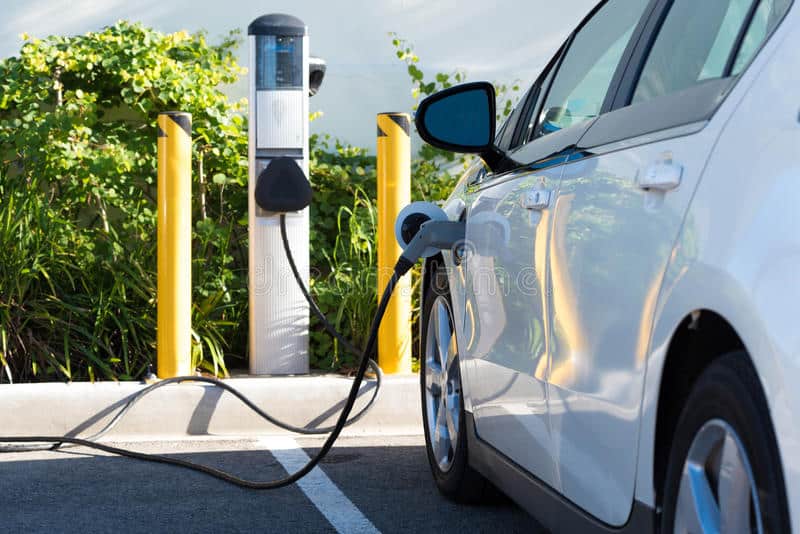Innovation in hydrogen, wind, and solar energy is aiding in the battle against climate change in a variety of ways.
Hydrogen is a clean-burning fuel with several uses, including transportation and power production. The sole result of using hydrogen as a fuel is water vapor, making it a zero-emissions energy source. Since hydrogen can be created from a multitude of sources, including water and renewable energy, it has the potential to be a sustainable energy source.
There are many companies around the world that are innovating hydrogen technology:
- Air Liquide is a French multinational company that produces industrial gases for various industries, and also provides hydrogen production, transportation, and distribution services.
- Ballard Power Systems is a Canadian company that designs and manufactures fuel cell systems and related products for transportation, industrial, and portable power applications.
- ITM Power is a British company that designs, manufactures, and operates hydrogen energy systems for a variety of applications, including fuel cell vehicles, power-to-gas, and renewable heat.
- Nel Hydrogen is a Norwegian company that produces and supplies hydrogen fueling stations and equipment for fuel cell vehicles and other applications.
- Plug Power is an American company that designs, develops, and manufactures hydrogen fuel cells for use in material handling and transportation equipment.
- Proton Motor Fuel Cell GmbH is a German company that designs and manufactures hydrogen fuel cells and fuel cell systems for a variety of applications, including material handling, backup power, and transportation.
- Toyota Motor Corporation is a Japanese multinational corporation that is a pioneer in developing fuel cell vehicles and hydrogen infrastructure.
Wind energy is a clean, renewable energy source that harnesses the strength of the wind to create electricity. Wind turbines transform the wind’s kinetic energy into electrical energy, which is subsequently utilized to power homes and businesses. Wind energy emits no greenhouse gases or other pollutants, making it a clean and sustainable source of energy.
There are many companies around the world that are innovating wind turbine technology:
- General Electric (GE) is an American multinational corporation that designs and manufactures wind turbines for both onshore and offshore use.
- Vestas Wind Systems is a Danish multinational corporation that designs, manufactures, installs, and services wind turbines for onshore and offshore use.
- Siemens Gamesa Renewable Energy is a Spanish-German multinational corporation that designs and manufactures wind turbines for onshore and offshore use.
- Nordex Group is a German company that designs, manufactures, and installs wind turbines for onshore and offshore use.
- Goldwind is a Chinese company that designs, manufactures, and installs wind turbines for onshore and offshore use.
- Enercon is a German company that designs and manufactures wind turbines for onshore and offshore use.
- MHI Vestas Offshore Wind is a Danish-Japanese joint venture that designs, manufactures, installs, and services wind turbines for offshore use.
- Senvion is German company that designs and manufactures wind turbines for onshore and offshore use.
Solar energy is another clean and sustainable energy source that harnesses the power of the sun to create electricity. Solar panels convert solar radiation into electrical energy, which is subsequently utilized to power homes and businesses. Solar energy, like wind energy, emits no greenhouse gases or other pollutants, making it a clean and sustainable energy source.
There are many companies around the world that are innovating solar technology:
- SunPower is an American company that designs and manufactures high-efficiency solar panels and systems for residential, commercial, and utility-scale applications.
- First Solar is an American company that designs and manufactures thin-film solar panels and systems for utility-scale power plants.
- Trina Solar is a Chinese company that designs, manufactures, and sells solar panels and systems for residential, commercial, and utility-scale applications.
- Canadian Solar is a Canadian company that designs, manufactures, and sells solar panels and systems for residential, commercial, and utility-scale applications.
- JinkoSolar is a Chinese company that designs, manufactures, and sells solar panels and systems for residential, commercial, and utility-scale applications.
- Hanwha Q Cells is a South Korean company that designs, manufactures, and sells solar panels and systems for residential, commercial, and utility-scale applications.
- LG Energy Solutions is a South Korean company that designs, manufactures, and sells solar panels and systems for residential, commercial, and utility-scale applications.
- Tesla is an American company that designs, manufactures, and sells solar panels and systems for residential, commercial, and utility-scale applications, as well as energy storage systems.
Hydrogen, wind, and solar energy all have the potential to decrease greenhouse gas emissions and other pollutants, which are key contributors to climate change. Furthermore, unlike fossil fuels, these energy sources are renewable, which means they can be renewed naturally. As a result, they are renewable energy sources that may help decrease reliance on fossil fuels and minimize the consequences of climate change.
According to the International Energy Agency (IEA), renewable energy sources such as wind and solar power have seen a significant increase in recent years. In 2020, renewable energy generated around 26% of the world’s electricity, with wind and solar power accounting for 11% and 7% respectively. This is a significant increase from the previous decade, where renewable energy generated around 20% of the world’s electricity, with wind and solar power accounting for 4% and 1% respectively.
The increased use of renewable energy has led to a reduction in greenhouse gas emissions. According to the Global Carbon Project, in 2020, global CO2 emissions from energy consumption fell by 7% because of the decrease in fossil fuel consumption due to the pandemic, however, renewable energy was responsible for the majority of the new electricity generation.








